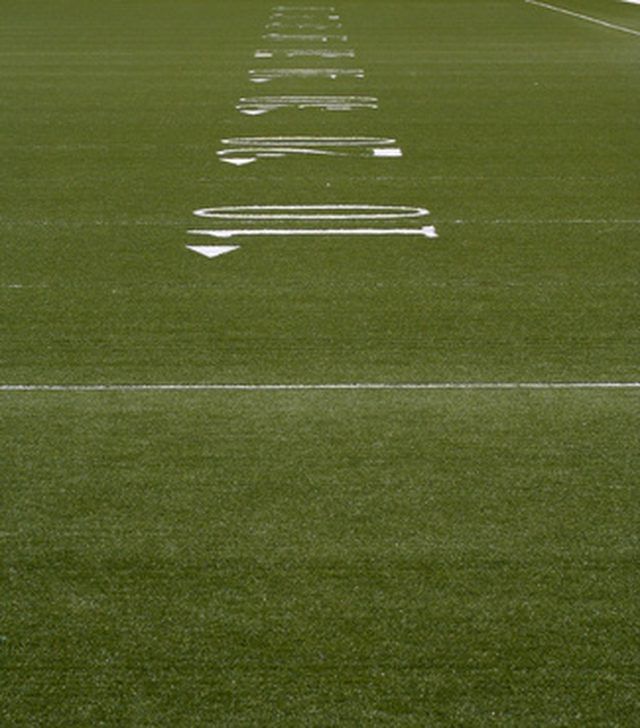Bulbs
Flower Basics
Flower Beds & Specialty Gardens
Flower Garden
Garden Furniture
Garden Gnomes
Garden Seeds
Garden Sheds
Garden Statues
Garden Tools & Supplies
Gardening Basics
Green & Organic
Groundcovers & Vines
Growing Annuals
Growing Basil
Growing Beans
Growing Berries
Growing Blueberries
Growing Cactus
Growing Corn
Growing Cotton
Growing Edibles
Growing Flowers
Growing Garlic
Growing Grapes
Growing Grass
Growing Herbs
Growing Jasmine
Growing Mint
Growing Mushrooms
Orchids
Growing Peanuts
Growing Perennials
Growing Plants
Growing Rosemary
Growing Roses
Growing Strawberries
Growing Sunflowers
Growing Thyme
Growing Tomatoes
Growing Tulips
Growing Vegetables
Herb Basics
Herb Garden
Indoor Growing
Landscaping Basics
Landscaping Patios
Landscaping Plants
Landscaping Shrubs
Landscaping Trees
Landscaping Walks & Pathways
Lawn Basics
Lawn Maintenance
Lawn Mowers
Lawn Ornaments
Lawn Planting
Lawn Tools
Outdoor Growing
Overall Landscape Planning
Pests, Weeds & Problems
Plant Basics
Rock Garden
Rose Garden
Shrubs
Soil
Specialty Gardens
Trees
Vegetable Garden
Yard Maintenance
The Best Way to Plant Bermuda Grass in Texas
The Best Way to Plant Bermuda Grass in Texas. Texas is one of the nation's top producers of bermudagrass. This short, dense grass is commonly used as turf for football fields, baseball fields, golf courses and other sporting locations. It grows best in a warm climate and usually cannot withstand temperatures that drop below 10 F. Growing the best...

Texas is one of the nation's top producers of bermudagrass. This short, dense grass is commonly used as turf for football fields, baseball fields, golf courses and other sporting locations. It grows best in a warm climate and usually cannot withstand temperatures that drop below 10 F. Growing the best bermudagrass is not possible if you just scatter the seeds and wait for them to grow. More care is required if you want to produce a quality crop.
Things You'll Need
Bermudagrass seed
Lawn mower
Core aerator
Fungicide
12-4-8 fertilizer
Plant bermudagrass between October 1st and October 15th if you are in North Texas. In South Texas, the planting dates are November 1st to November 15th.
Mow the area you intend to seed vertically beginning in late summer and fall to prevent thatched areas. Remove any weeds you come across.
Use a core aerator to aerate the lawn. This will allow the soil to breathe and get rid of any compacted areas.
Topdress the surface of the area with soil from the planting site. Sandy loam soil is ideal.
Apply fungicide to the planting area a few weeks prior to seeding. This will help prevent soil-born diseases.
Scatter seed in all directions to ensure proper distribution. Water two to three times a day every day for a week or so until the seed is worked into the ground, and less often after seedlings come up. Be careful not to overwater. Bermudagrass needs somewhere between 0.1 inch to 0.3 inches of water daily. The exact amount is dependent on climactic factors such as temperature, humidity, light intensity and wind speed.
Fertilize the area with 12-4-8 fertilizer just after spreading the seeds. Continue to fertilize regularly for grass maintenance. Bermudagrass should be mowed by the time it grows to 1 inch in height. If it grows to taller than 1 inch, it is less dense and therefore not as durable. Mower blades should be kept razor sharp to keep young seedlings from being pulled out of the ground.
Tips & Warnings
Excessive rain can cause bermudagrass to develop diseases. Cover the grass with a tarp to keep it from getting too wet.